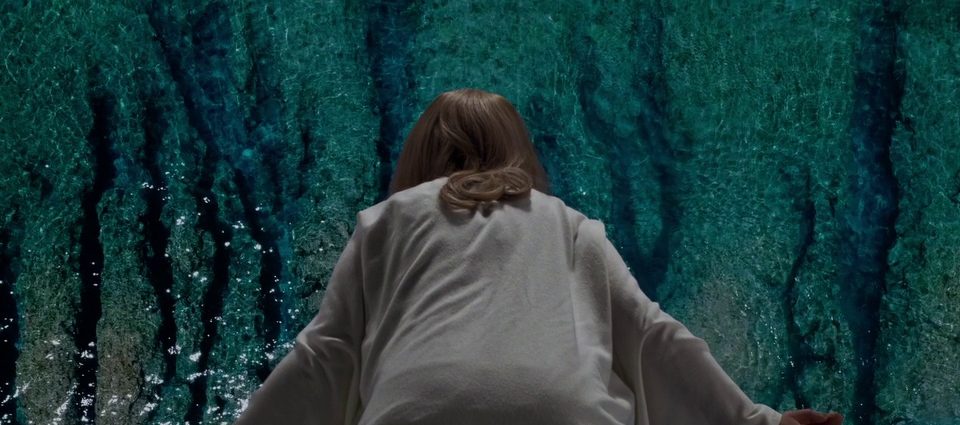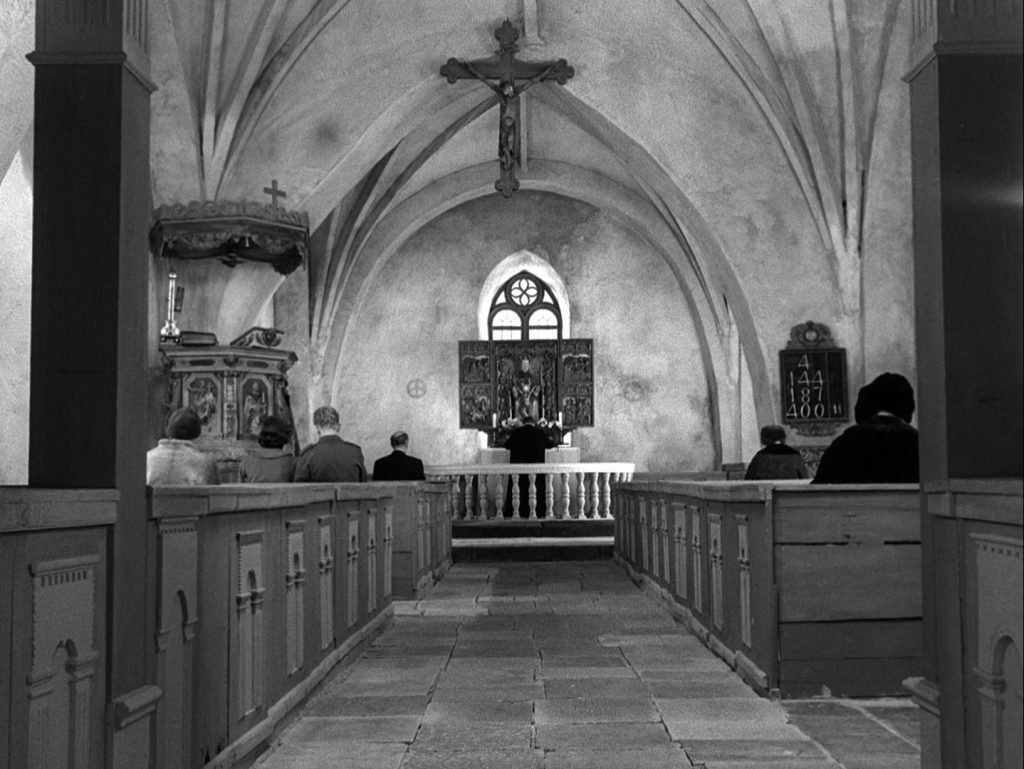
Urgency in Restraint – The Power of First Reformed’s Ascetic Style
Paul Schrader is no stranger to wearing his visual and thematic inspirations on the sleeve of his clergy gown. His book, Transcendental Style in Film, explores the cinematic legacy of Robert Bresson (A Man Escaped, Mouchette), Yasujiru Ozu (Tokyo Story, Late Autumn), and Carl Dreyer (The Passion of Joan of Arc, Vampyr) and attempts to link their theses to a collective dramatic language of spiritual asceticism.
Write about the pillars of TSiF
First Reformed – the inaugural entry in his self-titled ‘lonely man trilogy’ (succeeded by The Card Counter and Master Gardener) – is not only a pulsating, urgent retelling of Ingmar Bergman’s classic Winter Light, but a textbook implementation of the aforementioned pillars of Transcendental style. The camera – restrained by Alexander Dynan to move a mere nine times over the course of the entire film – does so only at the behest of Hawke & Seyfried’s on-screen characters. This technique, utilised alongside Schrader’s inclination towards the ‘long take’, is substantially effective at creating moments of quiet, contemplative exigence – a feeling that is often lost in the decreasing length of scenes in modern mainstream cinema[x]
In his words:
[] – that, when the scene comes to its crux
Eight seconds of silence, locked on Michael
Michael: “Can god forgive us?”
A further six seconds of silence, camera unchanged
Michael: “…for what we’ve done to this world?”

